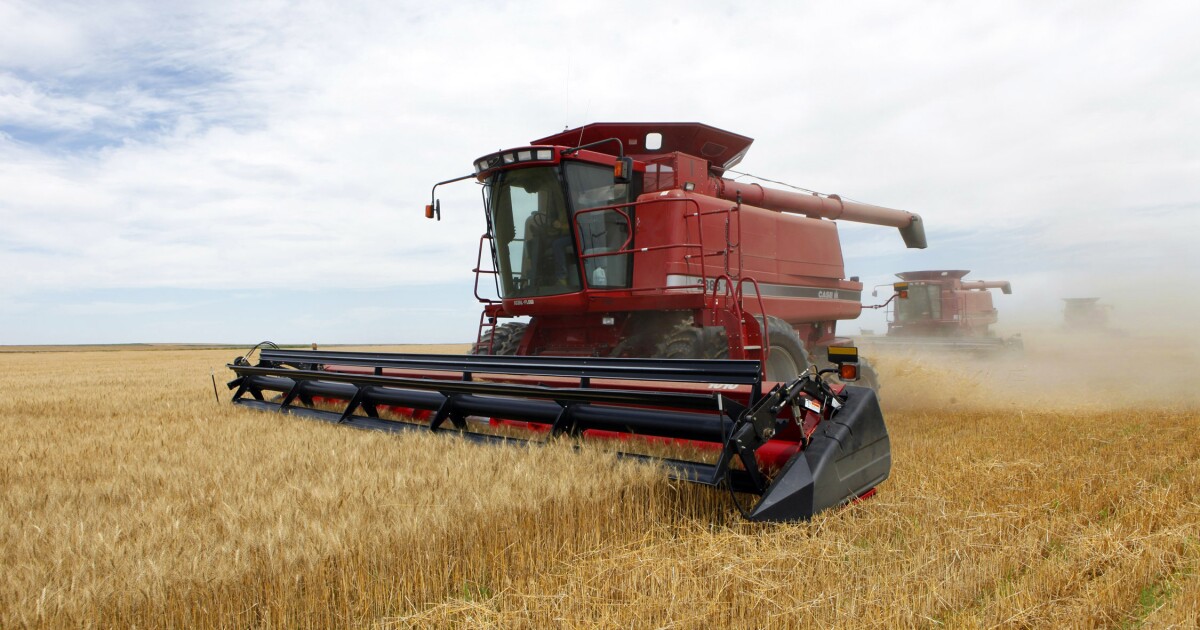

The farm bill is expiring on Sept. 30, 2023, and members of Congress in the House and Senate are continuing to develop their drafts for its renewal as the government works to avoid a shutdown.
The farm bill is a package of legislation passed roughly every five years. Each bill gets a unique title. The current farm bill, called the Agriculture Improvement Act of 2018, was passed into law in December 2018.
CALIFORNIA IS GROUND ZERO FOR RETAIL THEFT PROSECUTION CONTROVERSY
Senate Minority Leader Mitch McConnell (R-KY) said last week the Senate will miss the deadline to complete its version of the farm bill that is projected at $1 trillion. Senate Agriculture Committee Chairwoman Debbie Stabenow (D-MI) also told the Washington Examiner in June that the bill would not be ready by September. She said at the time she was hopeful the bill would be ready by December.
“It’s always extended, it’s very routine,” Stabenow said. “I’ve been through six farm bills, not one that’s gotten completely done by the deadline. There’s always some kind of extension.”
What does the farm bill do?
The farm bill has a significant effect on the farming industry, affecting how food is grown and what kinds. It encompasses several programs that assist farmers with everything from crop insurance and federal loan programs to community development and sustainable farming practices.
The Congressional Budget Office projected the total cost of the 2018 act would be $428 billion over the five-year period.
Who writes the farm bill?
The farm bill is authored by members of Congress on the House Committee on Agriculture and the Senate Committee on Agriculture, Nutrition, and Forestry.
What is the structure of the 2018 farm bill?
The 2018 farm bill has 12 chapters called titles, each dedicated to a specific area. For example, Title 4: Nutrition covers the Supplemental Nutrition Assistance Program, or SNAP. Formerly known as food stamps, the program assists low-income families with the cost of food and groceries.
What programs are covered by the farm bill?
In addition to SNAP, the farm bill covers programs that assist with:
- Prices and income support for farmers who raise widely produced and traded non-perishable crops, such as corn, soybeans, wheat, and rice
- Natural resource conservation efforts on working lands, as well as land retirement and easement
- Federal loans
- Community and rural business
- Farm and food research, education, and extension for federal labs and state university-affiliated research groups
- Forest conservation
- Renewable energy systems
- Horticulture
- Crop insurance
CLICK HERE TO READ MORE FROM THE WASHINGTON EXAMINER
What is not included in the farm bill?
There are several policy areas that are not included in the farm bill. Some of these include farm and food workers’ rights and protections; public land grazing rights; Food and Drug Administration food safety; renewable fuels standards; the Clean Water Act; and tax issues.



